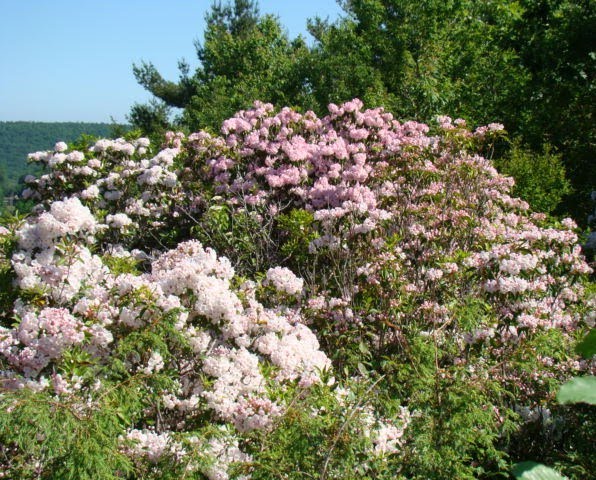
General Information
Norway Spruce is an important timber tree in its native land and it is the traditional Christmas tree in Europe. The tree is used extensively in cultivation as a screen or windbreak and provides important winter cover for a number of wildlife species. Its seeds are consumer by a wide variety of birds and small mammals.
The native range of Norway Spruce is eastern and central Europe, extending north into Scandinavia. It is considered to be one of the most widely planted conifers in North America, from Nova Scotia, New Brunswick, Quebec and Ontario, south through New England, the mid-Atlantic states and west to Illinois, Wisconsin and Minnesota.

Plant Habit and Form
Norway Spruce is cone-shaped when young but becomes more columnar as it matures. It’s a large evergreen growing 40 to well over 100 feet tall. It bears graceful branches with upturned tips and small pendulous branchlets that tend to droop downward from the main branches. The gray-green to blue-green leaves – flat to triangular needles between .5 to .8 inches long – are stiff and point upward like a bottle brush. The bark is reddish brown with thin, gray surface scales.
Growing Requirements
Norway Spruce is hardy in zones 3b to 7(8), preferring cooler climates. It thrives in moderately moist but well-drained, acidic sandy soils but can tolerate average soils given adequate moisture. Even established trees should be given supplemental watering during extended dry periods. It prefers full sun conditions; trees become thin and shabby in full shade. In the warmer limits of its range, zone 8, Norway Spruce will tolerate the growing conditions but will not thrive.
Flowering and Fruiting
Norway Spruce is monoecious, with male and female flowers. Female flowers are terminal, reddish pink, and located on the crowns of trees. The cylindrical cones are 4 to 7 inches long, 1 ½ to 2 inches wide, and occur at the ends of branches.
Pests and Diseases
Norway Spruce are susceptible to red spiders, spruce gall adelgid and tip weevils.
ID Tips
Stiff, dark green, flattened to triangular needles that are .5 to .8 inches long, graceful branches with upturned tips, and narrow, cylindrical cones about 4 to 7 inches long.

